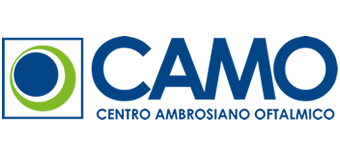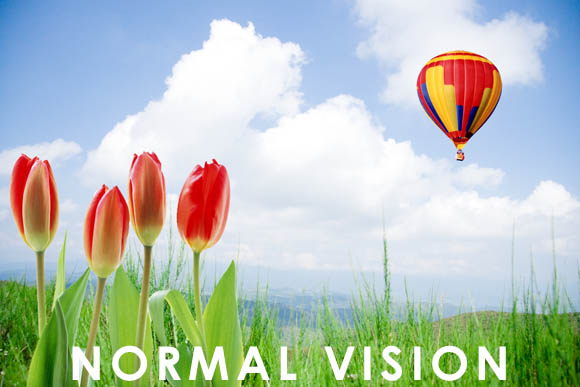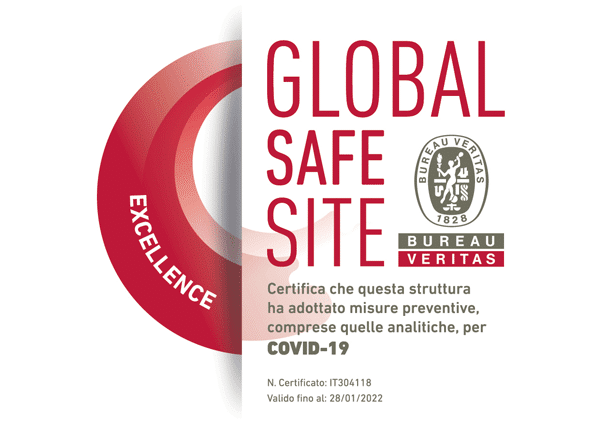The decision to proceed to surgery depends on many factors.
Surgery will usually be required when eyesight deteriorates because the cataract obstructs the passage of light and interferes with sight. Due to the fact that even a minor deterioration in sight is unacceptable for the majority of patients, surgeons will normally decide to operate as soon as the initial symptoms appear.
However, despite the fact that a precocious procedure is usually more straightforward and is associated with a number of other advantages, many patients prefer to wait.
In any case, surgery should not be delayed indefinitely: in the long-term, a cataract can damage the eye and as it further reduces the sight capacity, there is an increased risk of falling, particularly where elderly patients are concerned.
Surgery should be performed before the cataract greatly reduces sight.
Normally when a patient is affected by cataract, the surgeon will operate one eye at a time; the first eye to be operated will be the eye with more advanced opacity and this will allow the patient to use the other eye in the period immediately after surgery; a few days or weeks later, the second eye should be operated. Vision will improve considerably when both eyes have been operated: depth perception will increase, the evaluation of distance and color perception will improve; reading will be easier and visual balance will be redressed.



